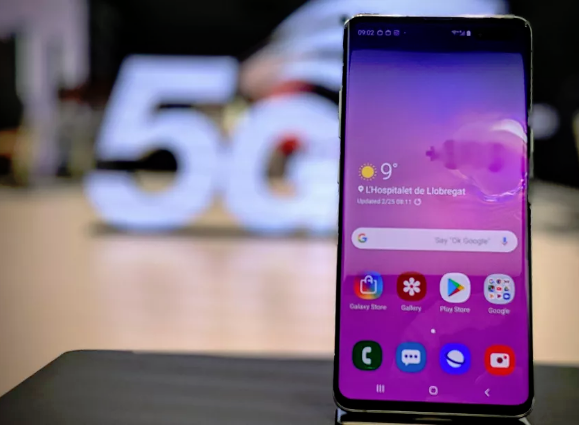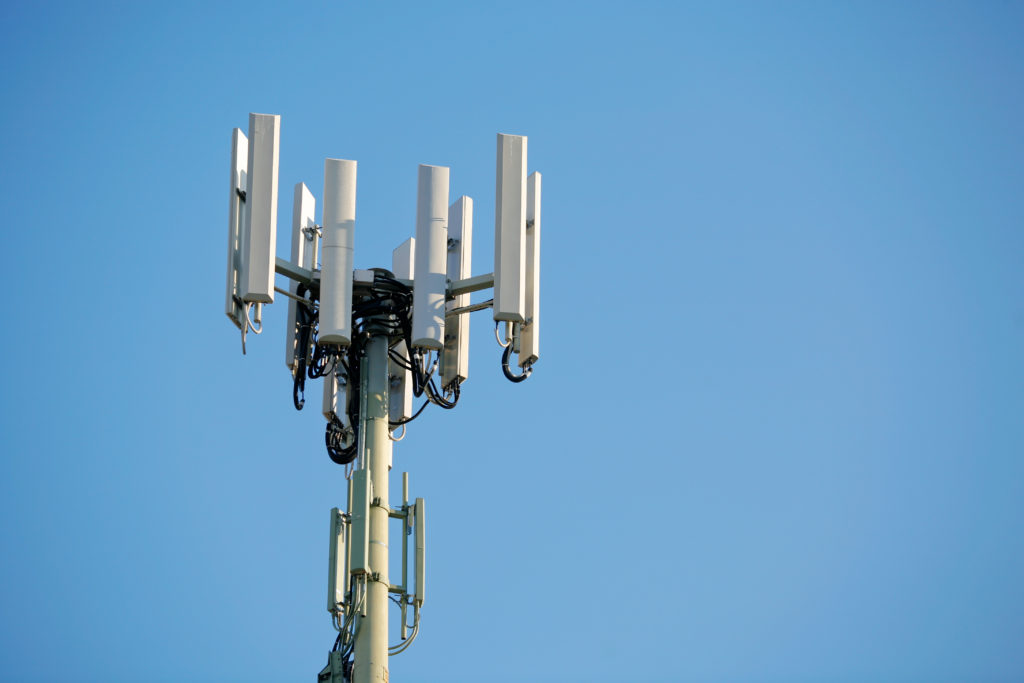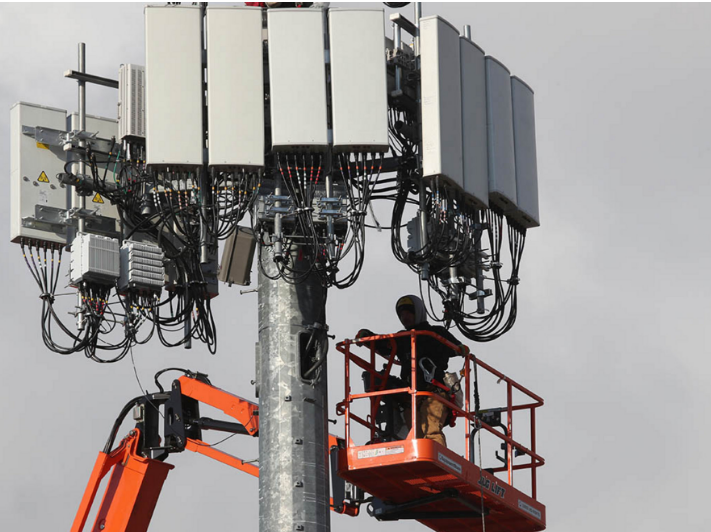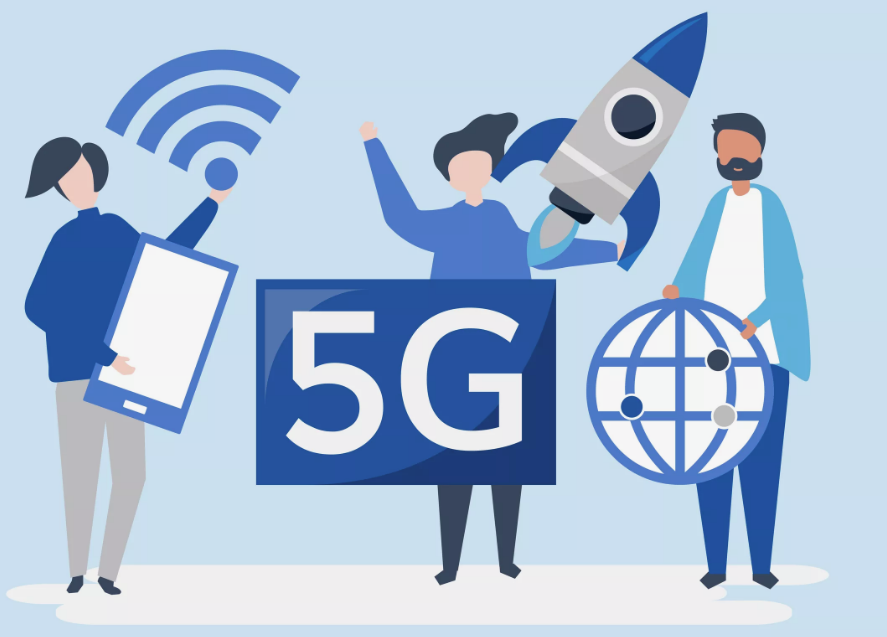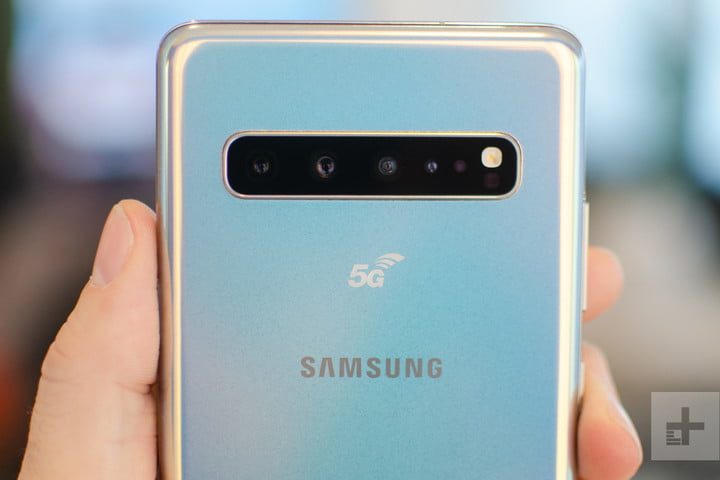
As 5G technology—that is, the fifth-generation wireless network that succeeds 4G, LTE, and 3G networks—continues to expand, it’s become increasingly clear that the advancements are turning into a game-changer. More than 10 times faster than 4G LTE, 5G networks are now commercially available from 140 operators across 60 countries.
Meanwhile, upgrades to 5G are becoming increasingly crucial. The main mobile companies plan to end 3G services soon. AT&T has said it is set to terminate 3G around February 2022. Verizon plans to cut ties with the service toward the end of 2022, while T-Mobile is jumping ship early and says it expects to begin cutting off its 3G network in the latter end of 2021 and to continue the shutoff through the end of 2022.



